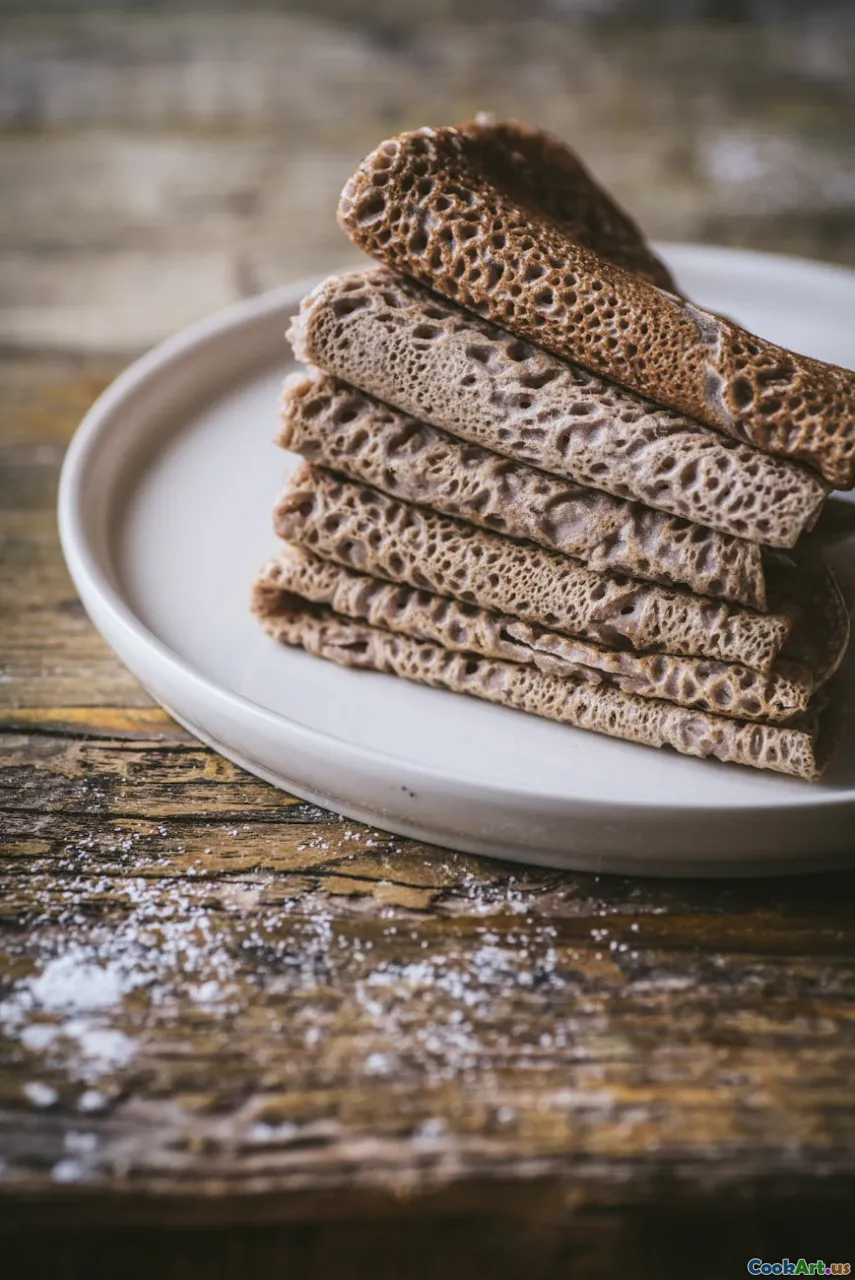Baking with Alternative Flours: What You Need to Know
5 min read Unlock the secrets of baking with alternative flours for healthier, diverse, and delicious outcomes in your kitchen. April 13, 2025 02:45
Baking with Alternative Flours: What You Need to Know
Baking is an art that has evolved over centuries, reflecting cultural traditions and culinary creativity. As contemporary diets shift towards healthier and more inclusive options, alternative flours have gained popularity. Whether for gluten-free needs or to enhance nutritional content, these flours can transform your baked goods in exciting ways. In this article, we’ll explore the different types of alternative flours, their unique properties, and how to use them effectively in your kitchen.
Understanding Alternative Flours
Alternative flours are made from various sources other than wheat. They can be derived from grains, nuts, seeds, and legumes. Each type of flour has distinct characteristics that affect texture, flavor, and nutritional value. Here are some popular types of alternative flours:
1. Almond Flour
- Texture and Flavor: Finely ground from blanched almonds, almond flour adds a sweet, nutty flavor and moist texture to baked goods.
- Usage: Substitute 1:1 for wheat flour in recipes, but reduce the liquid slightly due to its high fat content.
2. Coconut Flour
- Texture and Flavor: Made from dried coconut meat, coconut flour is fluffy and absorbent with a subtle coconut flavor.
- Usage: Use 1/4 to 1/3 cup of coconut flour for every cup of wheat flour, and increase the liquid in the recipe to accommodate its absorbency.
3. Oat Flour
- Texture and Flavor: Ground from whole oats, oat flour has a mild, slightly sweet flavor and a fine, powdery texture.
- Usage: Substitute 1:1 for wheat flour; however, it may need additional liquid or binding agents like eggs.
4. Chickpea Flour
- Texture and Flavor: Also known as besan or gram flour, chickpea flour has a dense, earthy flavor.
- Usage: Typically used in savory dishes, it can be substituted in recipes for pancakes or flatbreads, often requiring a mix with other flours for better results.
The Benefits of Using Alternative Flours
- Nutritional Value: Many alternative flours are rich in fiber, protein, vitamins, and minerals. For example, almond flour is high in vitamin E, while chickpea flour offers a good source of protein.
- Gluten-Free Options: For those with gluten intolerance or celiac disease, alternative flours provide safe options that allow for delicious baked goods without the adverse effects of gluten.
- Flavor Profiles: Incorporating different flours can enhance the flavor complexity of your baking, introducing new tastes and aromas.
Tips for Baking with Alternative Flours
- Experiment Gradually: Start by substituting a small percentage of wheat flour with alternative flour in your favorite recipes. Gradually increase the ratio as you become more comfortable with the results.
- Adjust Liquids: Many alternative flours absorb liquids differently than wheat flour. Be prepared to adjust the liquid content in your recipes accordingly.
- Combine Flours: For optimal texture and flavor, blend different types of flours. For example, combining almond flour with coconut flour can create a balanced recipe that is both moist and flavorful.
- Use Binders: Since alternative flours often lack gluten, consider adding binders like eggs, flaxseed meal, or chia seeds to help maintain structure in baked goods.
- Mind the Bake Time: Baking times may vary due to differences in moisture content and density. Keep an eye on your creations and adjust baking times as needed.
Conclusion
Baking with alternative flours opens up a world of culinary possibilities. With their unique flavors and health benefits, these flours not only cater to diverse dietary needs but also encourage creativity in the kitchen. Whether you want to make gluten-free treats or simply experiment with new textures and tastes, incorporating alternative flours can be a rewarding venture. So, roll up your sleeves, gather your alternative flours, and let your baking journey begin!









